
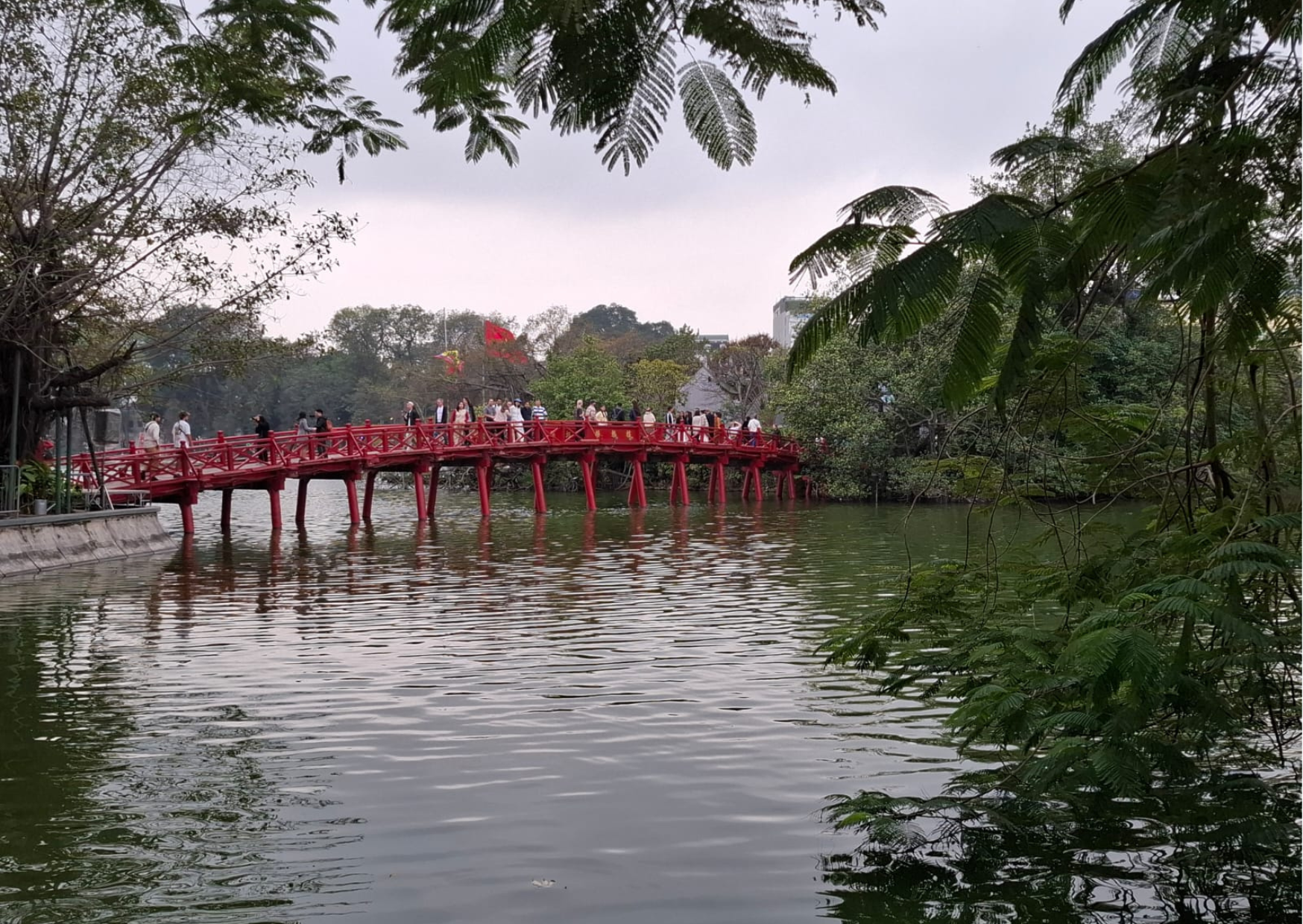
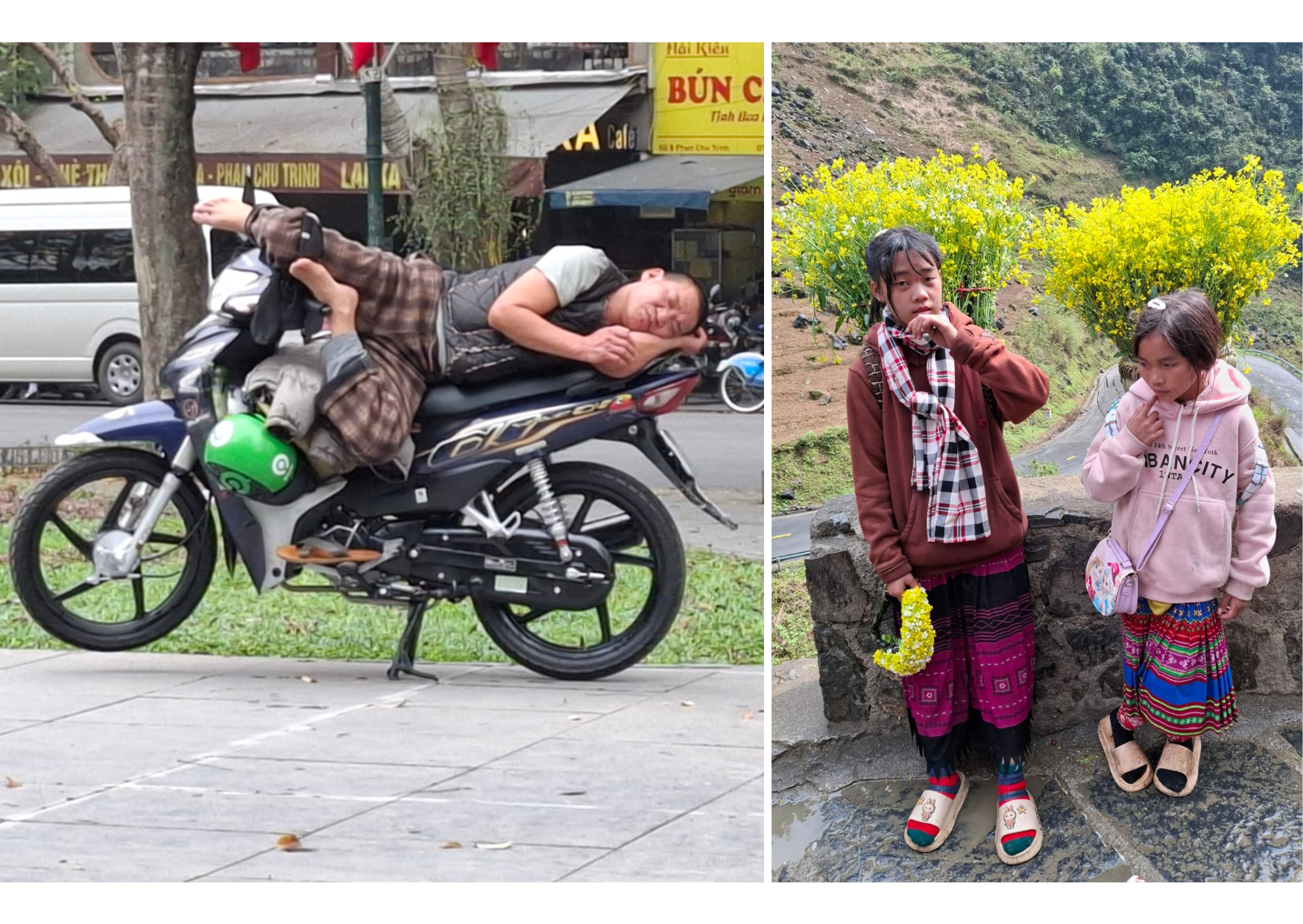
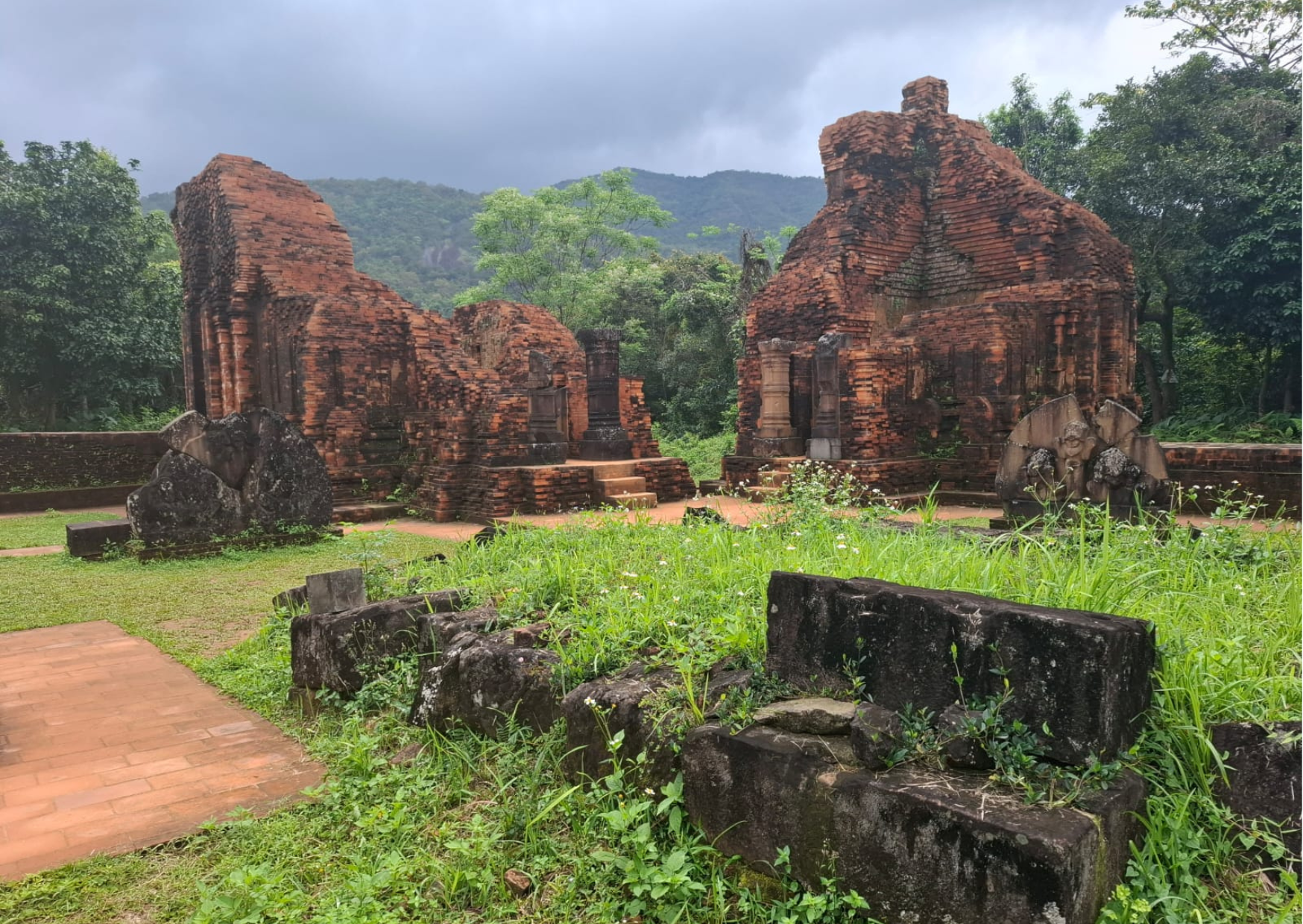

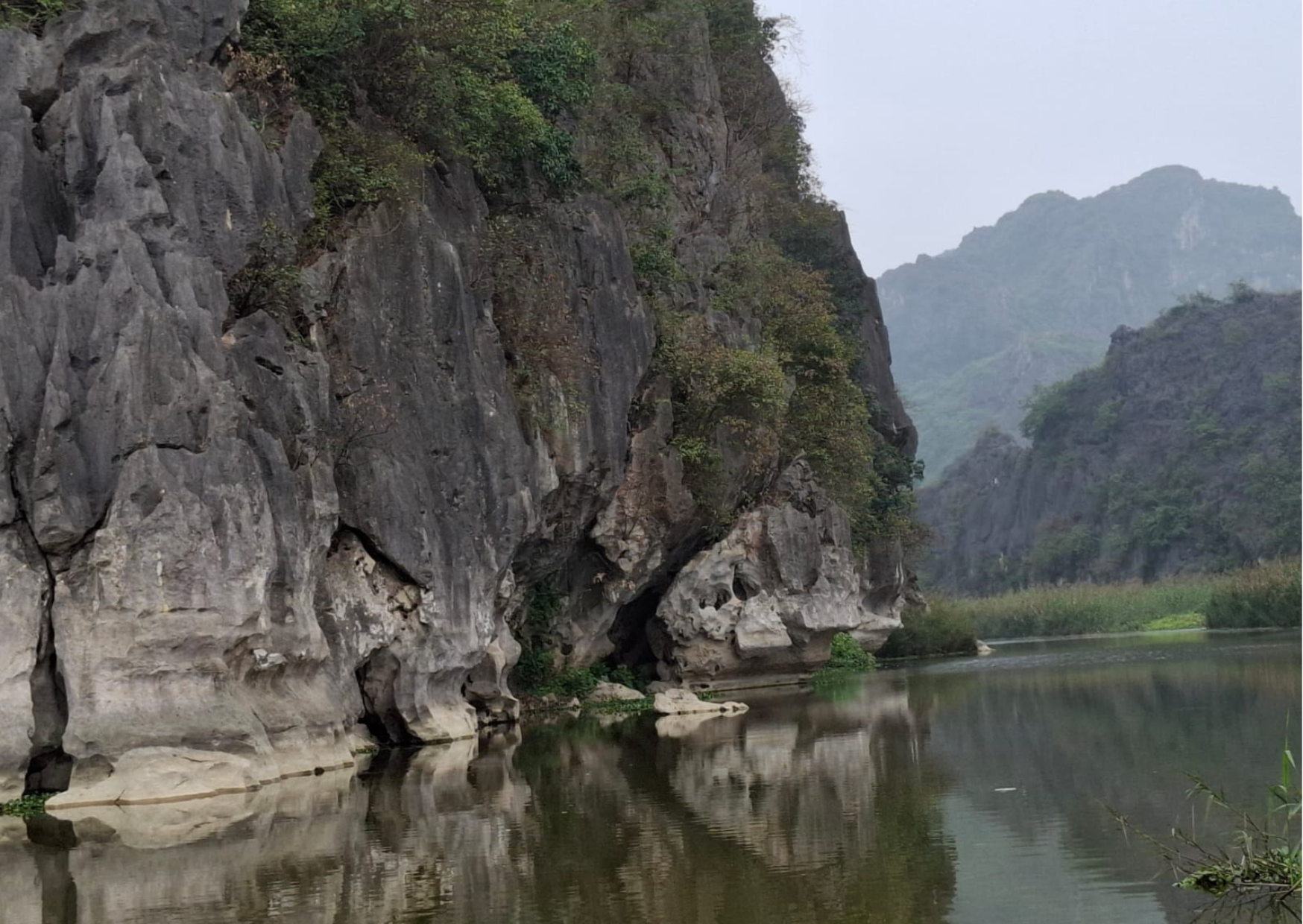

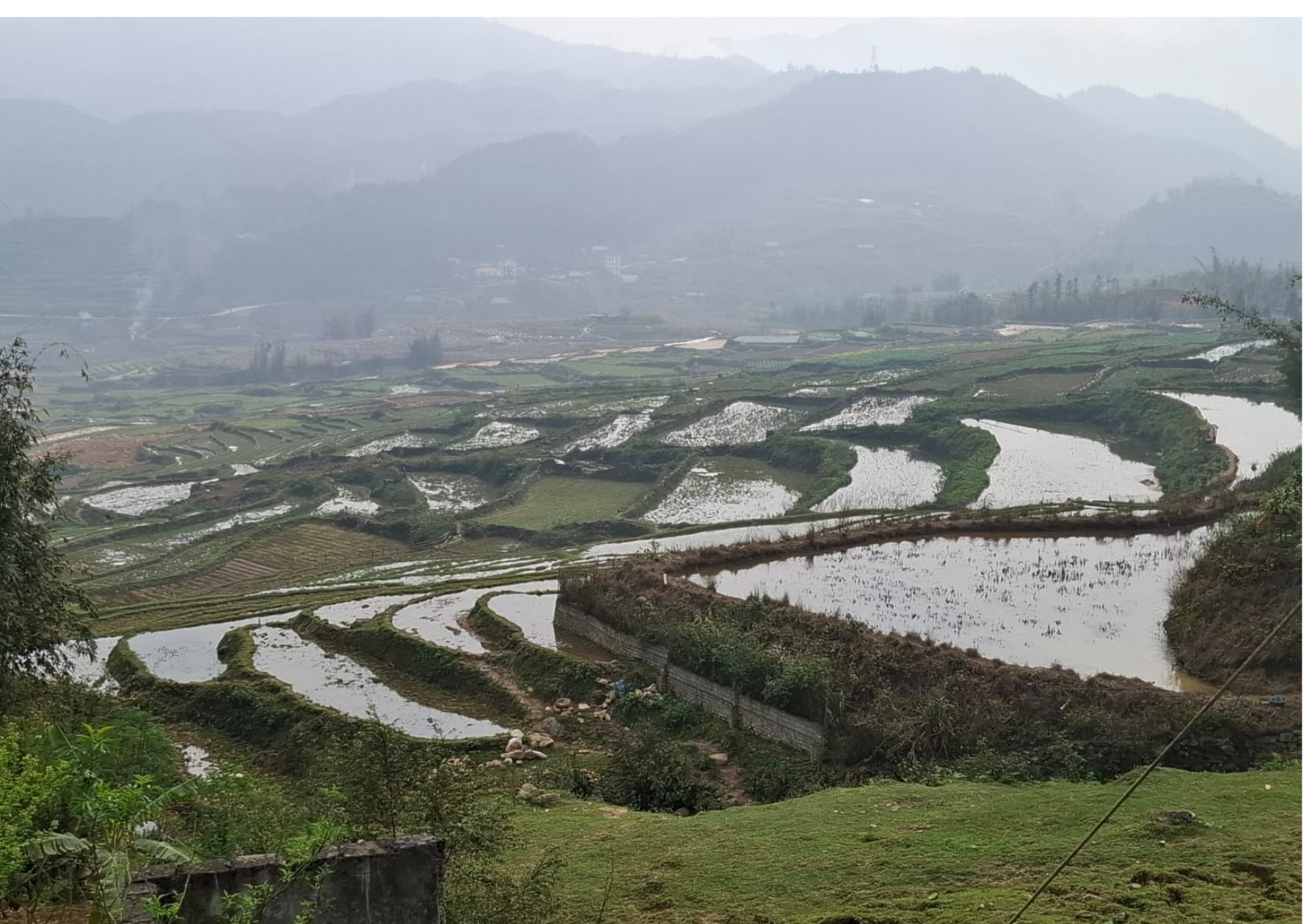
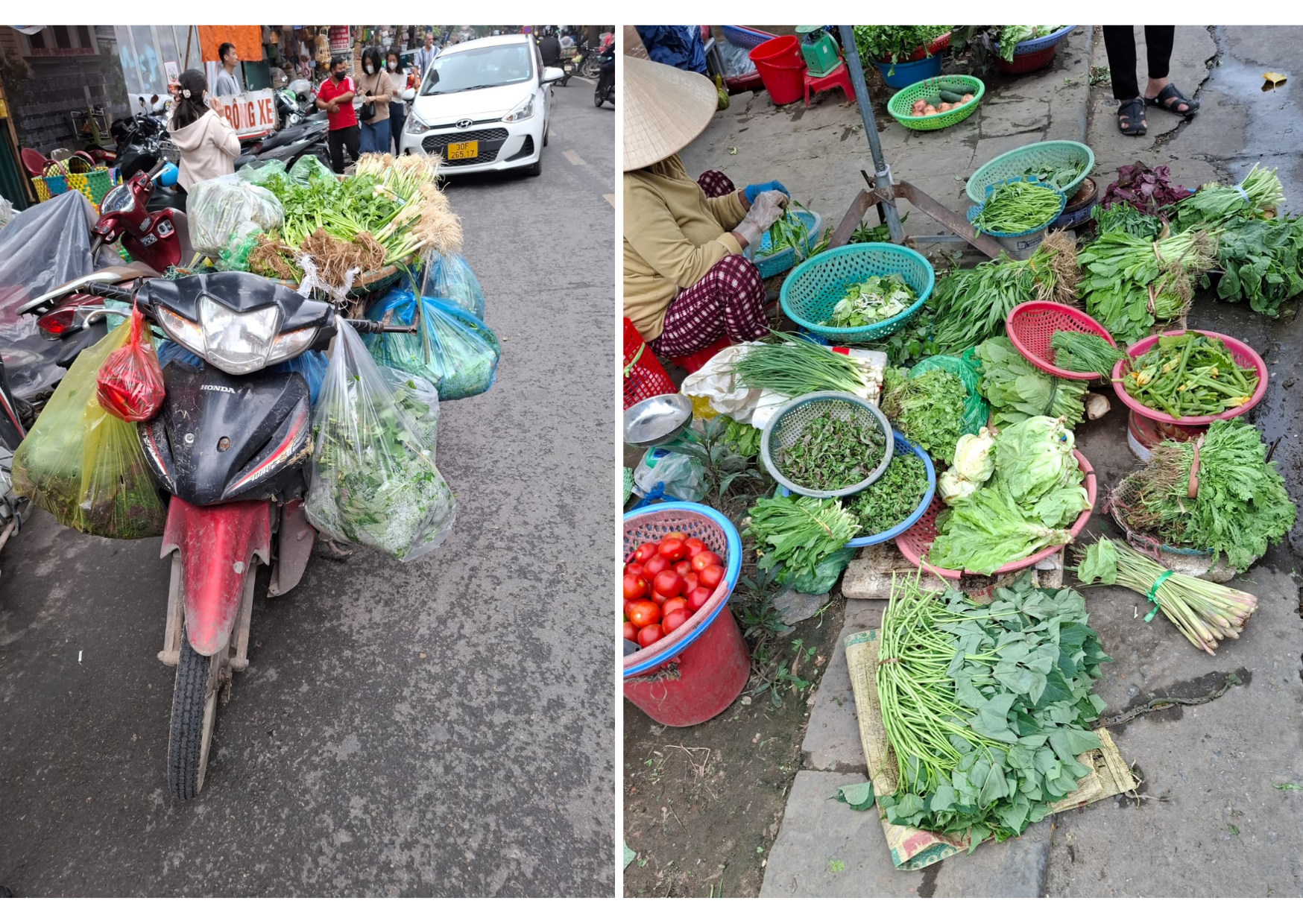
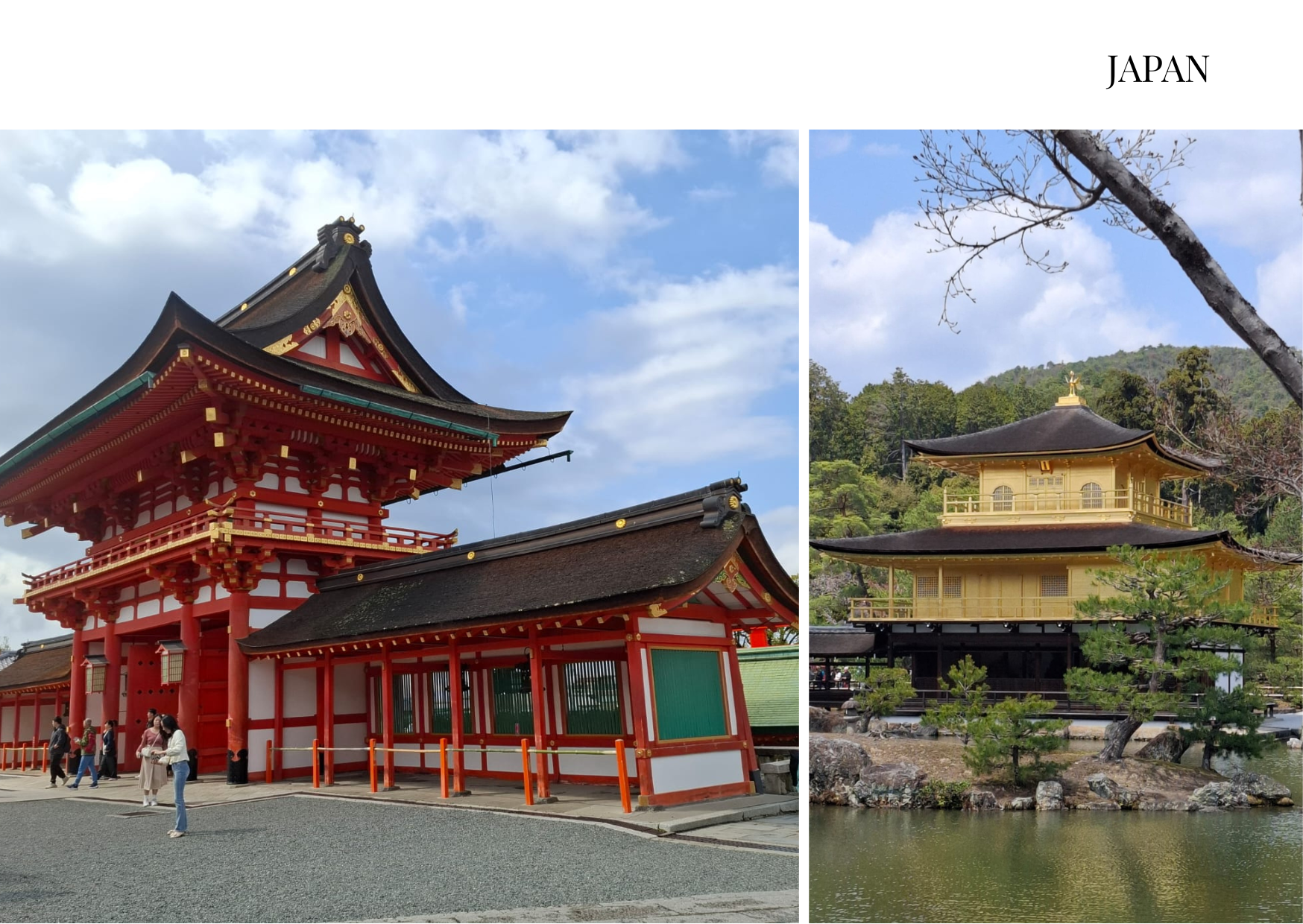
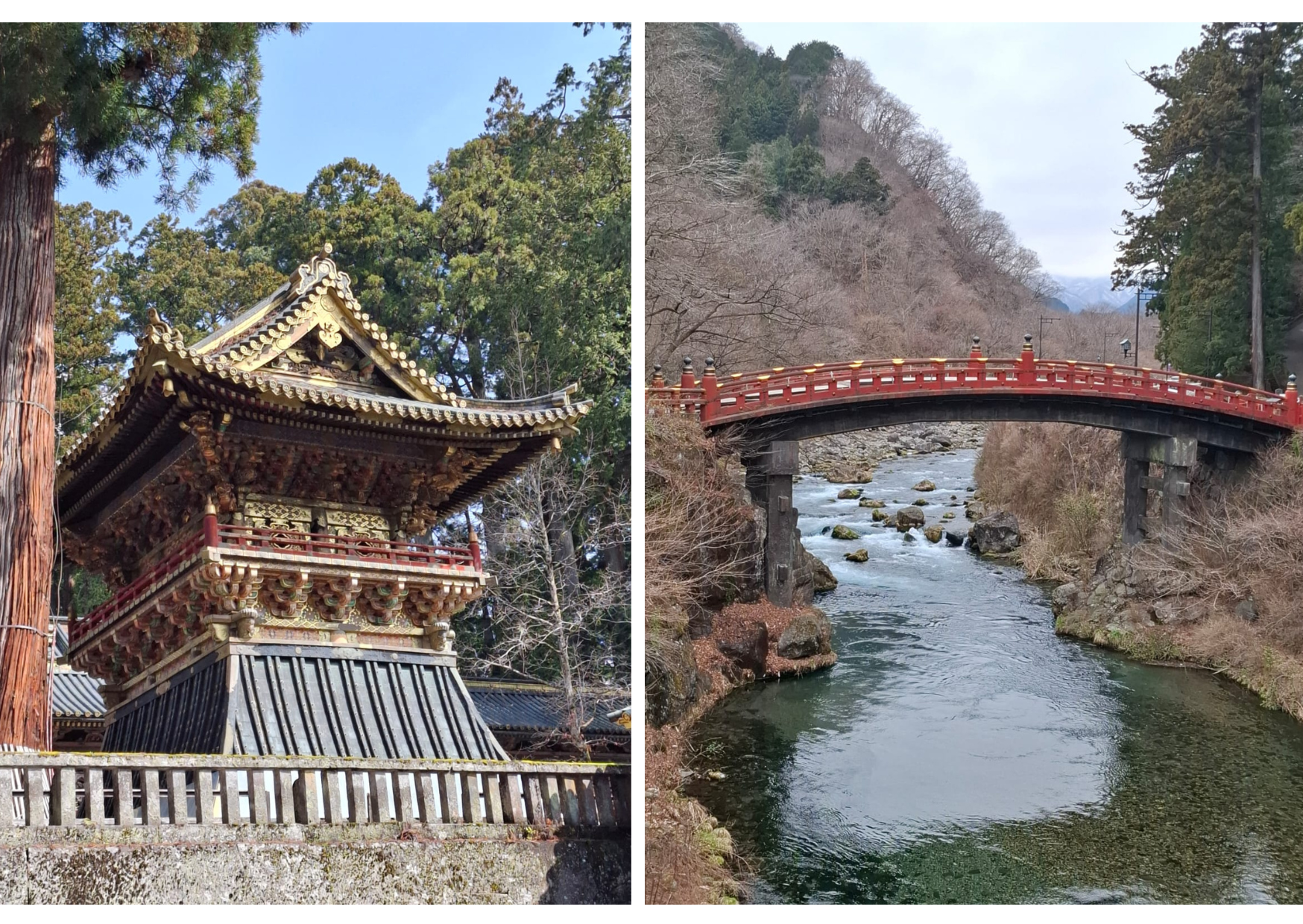
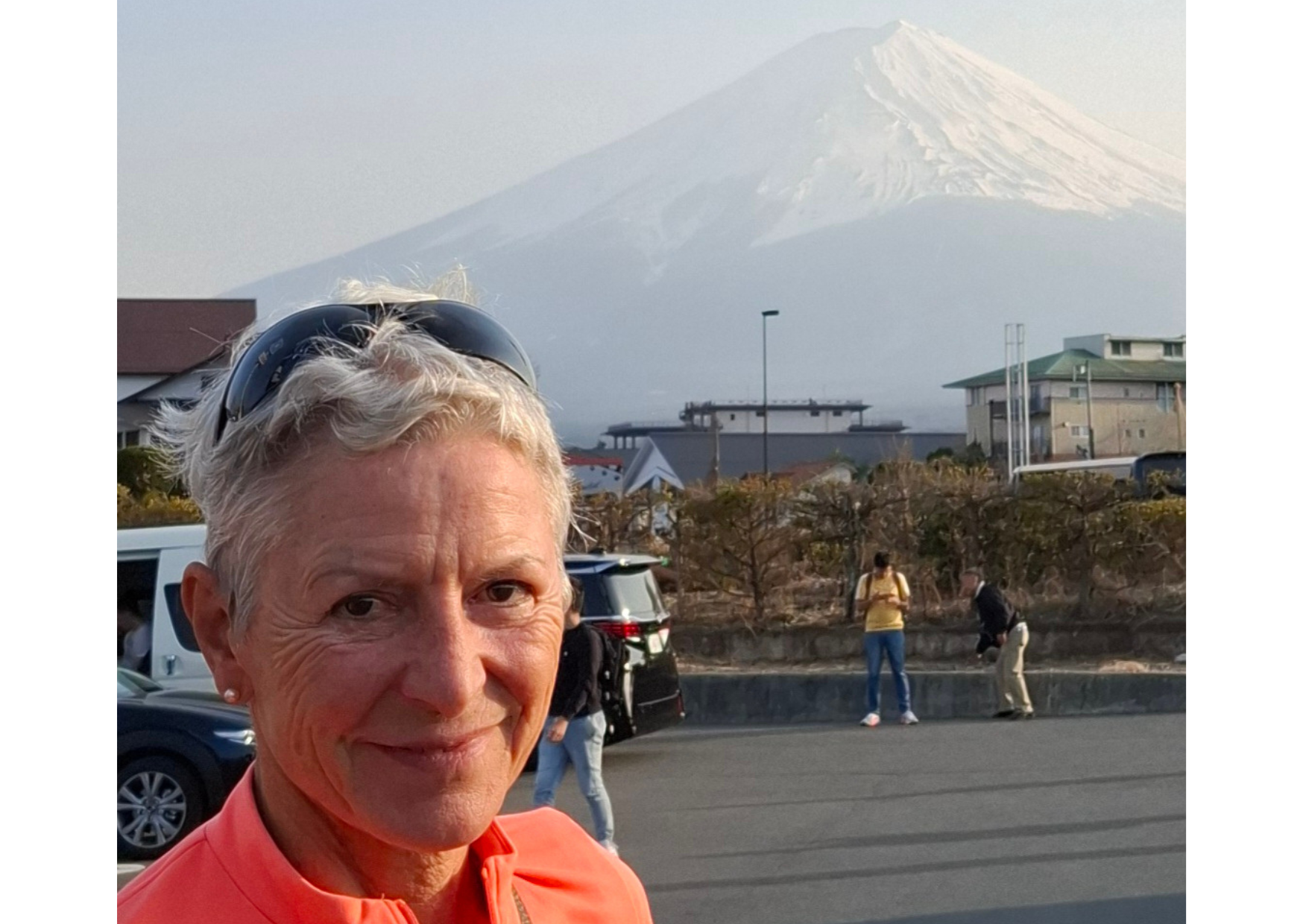



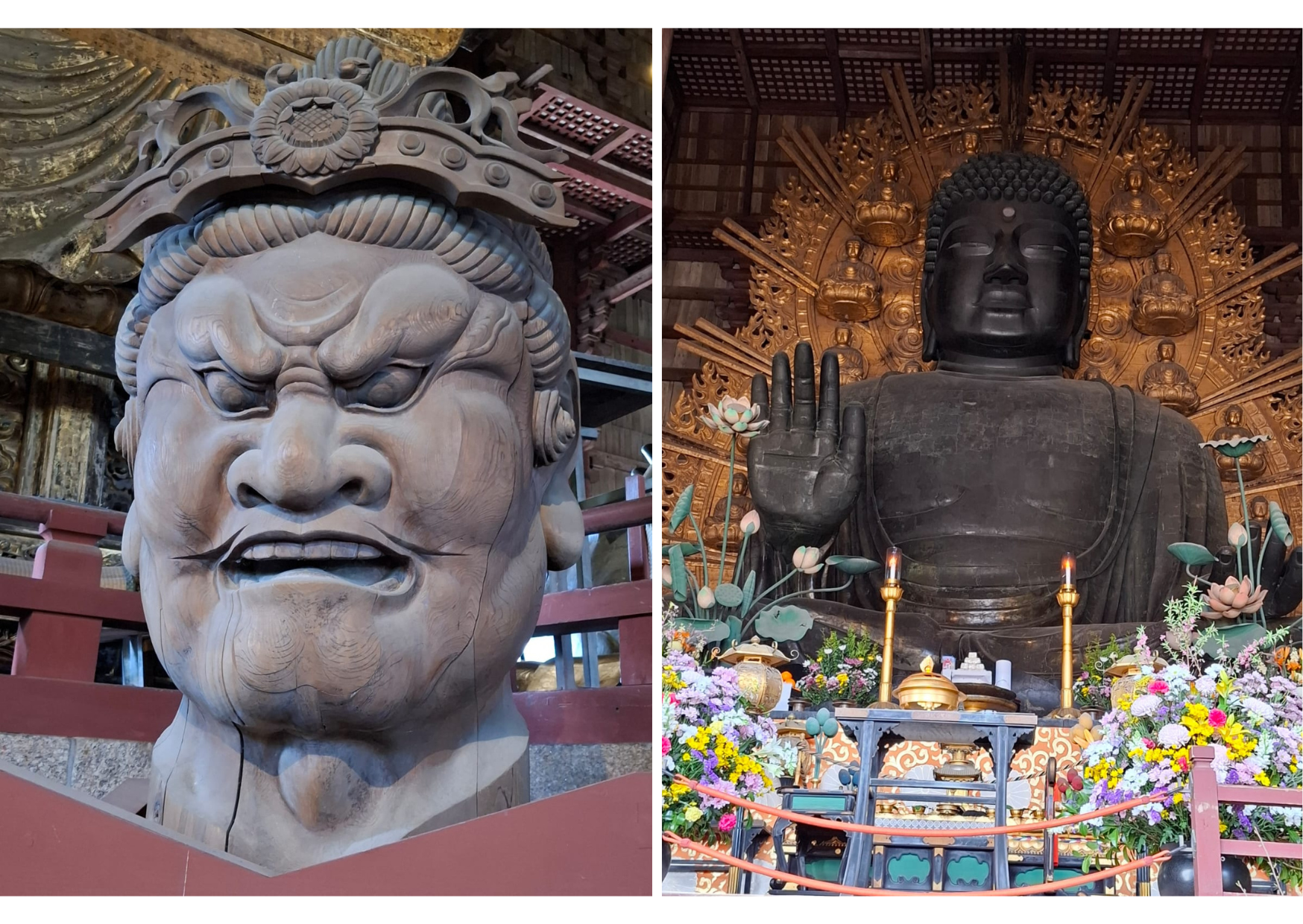
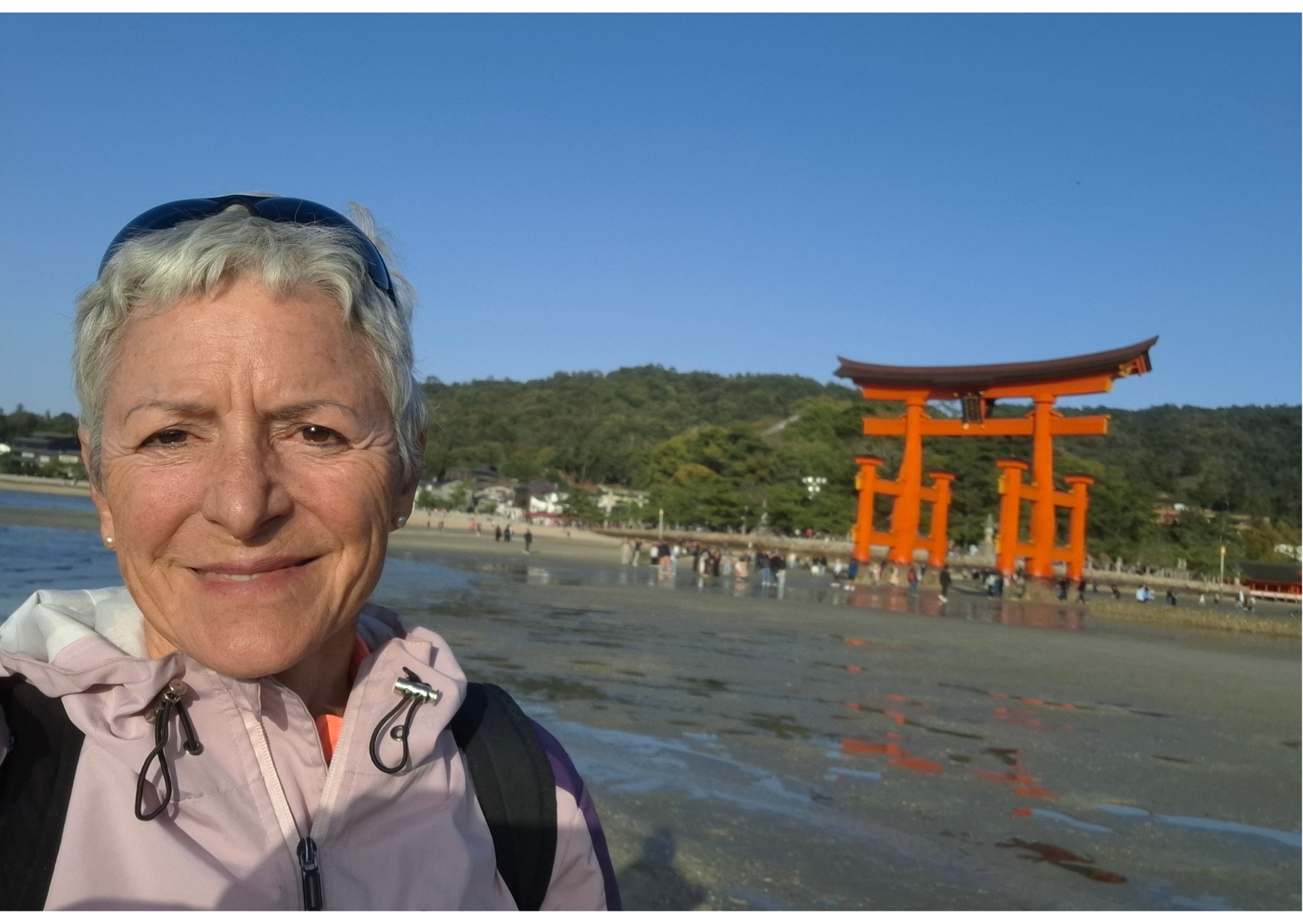
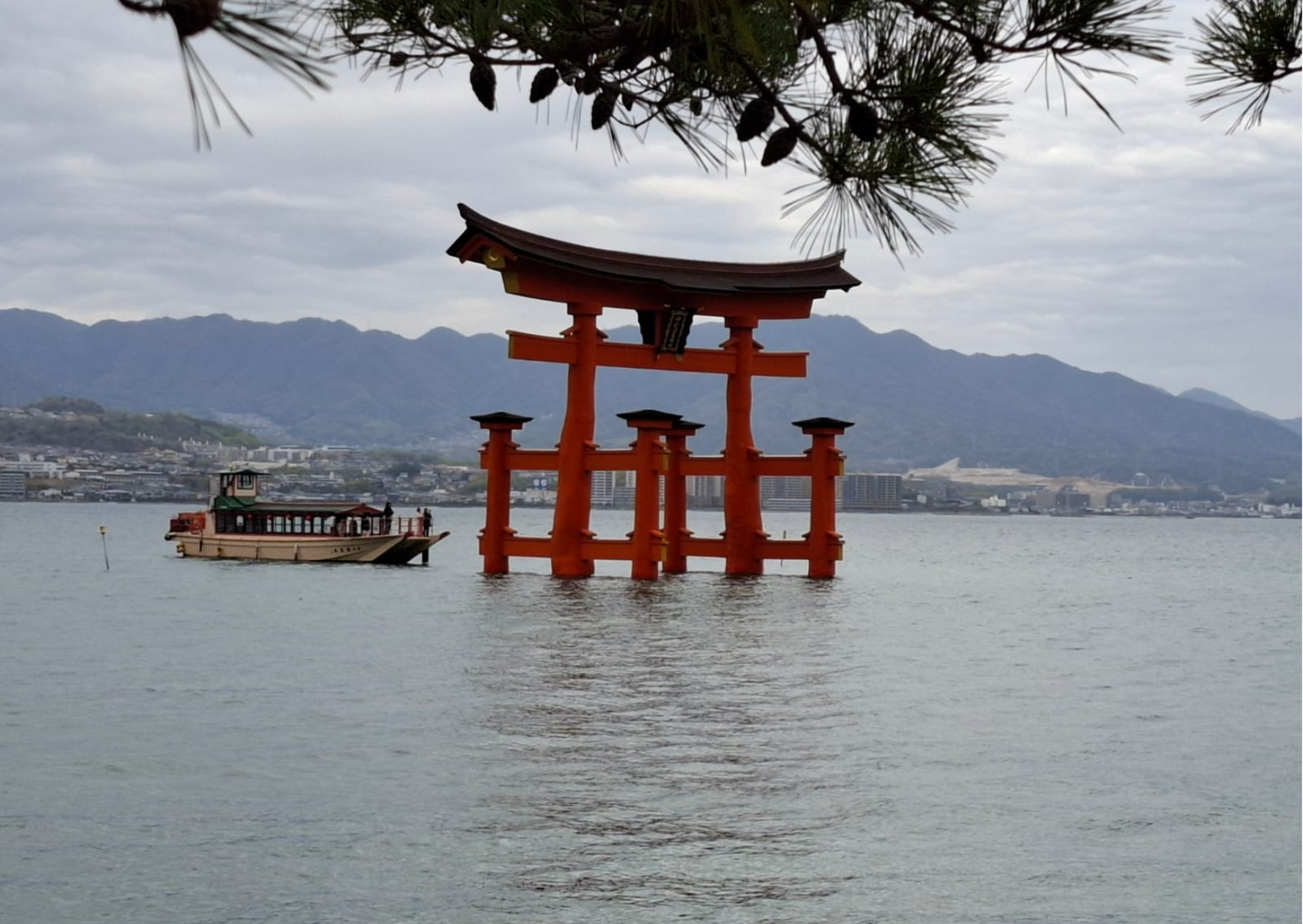


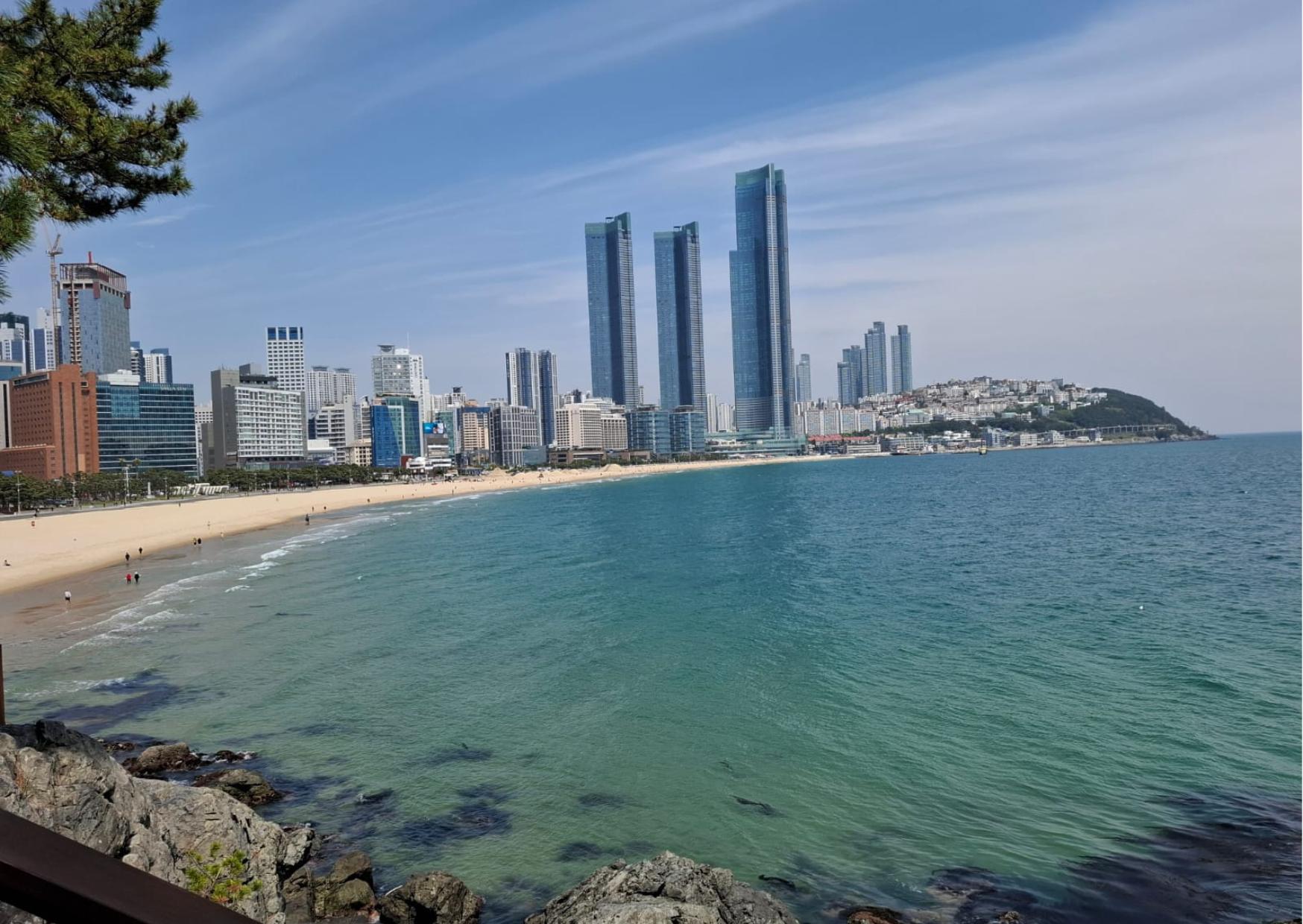
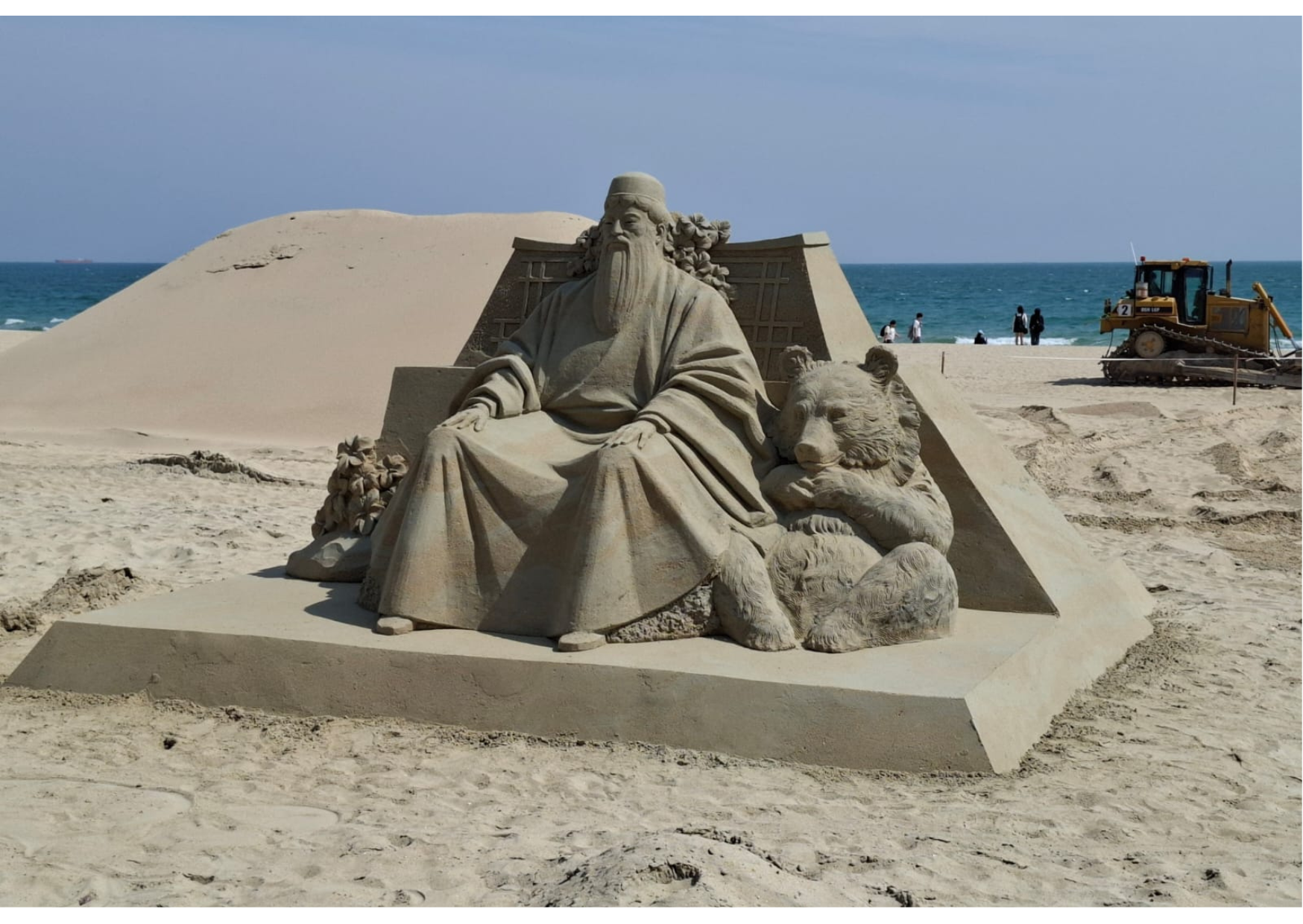



I finally received the keyboard for my iPad. Since my laptop broke, I have written my emails on a mobile phone, not ideal. All other writing, I have postponed. So when asked to write an article about my travels, I put it off as well. The fact that I have never written an article and wouldn’t know where to start was probably secondary … or maybe not.
When showing some pictures from my most recent trip to the Far East, my dear friend P asked me to write about it, saying I was “bad-ass.” Perhaps because of travelling solo to a faraway country at the age of almost 70?
In the worlds I inhabit in between trips, I am definitely a bit of a rarity, the odd one out, but in travelling the world I am certainly not. There are many female solo travellers, more than male solo travellers, actually. And the older age groups are quite well represented. I meet them in the hostels and dorms where I sleep or on organized activities. Some are traveling for a few months, like me, but some are travelling for years on end, having sold their belongings or rented out their homes.
On my most recent trip, I visited Vietnam, Japan and South Korea. Countries with a vastly different culture, different language and different currency. Japan and Vietnam had been on my bucket list for a long time, South Korea was more of an afterthought, because I was so close to it.
In preparation for the trip, I went to the library and took out a book with travel information on each country. But most of the useful information I found online, in travel blogs, short articles about the countries and suggested itineraries from tour agencies.
Reading about the countries is rather enjoyable until you get to the dos and don’ts and the practical preparations and actual decisions, like booking a flight and booking accommodation. That’s when it starts becoming stressful. It may have to do with the fact that you have to commit yourself to something unknown.
And that's when you wonder: "What if it is something I don’t like or can’t manage? If I would have been with another person, at least we could have shared the fear or worry. And if I go to a place I have been many times before, I can expect to know the situation, so it won’t be strange and unfamiliar." But even in familiar places, something very small can happen that throws you off balance. Such was the case when I arrived in Amsterdam and the trains between Schiphol Airport and Amsterdam Zuid were not running. I whipped out my mobile phone, still without a sim card, but luckily already on the airport’s free wifi. The best way was to take bus 937 from the airport to Stadion Plein to get to my daughter’s place, according to the app. “I should be able to do this, after all the getting around with this app I did in the far east,” I thought. But because the location marker wasn’t 100% accurate and there were a multitude of buses passing by the airport in both directions, it took me a good twenty minutes to find the correct bus stop. And leaving from Amsterdam going to the other side of the country, a trip I have done so many times, was an even more daunting exercise because of the interruptions in the train traffic. I needed to take a bus, then a metro, then two different trains. Normally, it is a short bus ride and a train, which I had done many times before. It felt like being back in unfamiliar territory with the same stresses. This makes me think that it is not the place, but the event and my reaction to it that causes the stress, which puts travelling in a different perspective.
Travelling makes me happy, seeing different places, getting to know different cultures, forms of art, and religion. If the stress is an unavoidable part of it all, I’ll accept it and hope that it will make me more resilient to the stress that occurs in everyday life in any case.
When I landed in Hanoi, it was overcast and rather hazy. Later I learned that that was the norm for the weather at that time of year: “mouldy March,” in that part of the country. A bus took me from the Hanoi airport to downtown Hanoi, the old part of town where I had booked accommodation. I struggled to find the place because the entrance was being renovated and the place, when I finally found it, was closed. They had sent me an email the day before, while I was in-flight between South Africa and Vietnam … I was not impressed! Luckily there are many hostels in Hanoi and I easily found another one.
The centre of Hanoi is compact and full of shops, cafés and restaurants. It is a wonderful place to roam around. On the sides of the streets there are kindergarten tables and chairs for adults to sit on and eat or drink. At night some streets and crossings turn into full “kindergarten restaurants” with a wide variety of choices in their menus. There are many travellers from different countries, and also a fair number of westerners working there as English teachers. Apart from all the tourist sites, there are lots of things to do, from cooking courses to silk painting, woodworking, bamboo craft, pottery or food and bar hopping tours.
Vietnam is inexpensive for most travellers. English is fairly widely spoken. It is easy to book bus or train travel online and it is not necessary to book things a long time in advance. The Vietnamese are super friendly, the food is great and it is very safe, compared to South Africa. So, an easy country for a solo traveller. The culture is very colourful and full of tradition and folklore. The Vietnamese are very proud of their cultural heritage, rightfully so, and make a lot of effort to keep it alive. There are many different tribes in the mountainous region, and a lot of people still dress in their traditional tribal costume. Nature is absolutely gorgeous, whether it is the seaside, the beaches, the karst landscapes or the forests. Of course, it is difficult to really know what is happening in a country in a visit of only a few weeks, but there didn’t seem to be much animosity between the various tribal groups or with the non-tribal people.
When visiting the museums and seeing the memories of the American war and the war against the French colonialists, I couldn’t help but be appalled by the arrogance of those nations, my western kinsmen, thinking they were better or knew better than the Vietnamese. Especially the Americans can’t even stand in the shade of the Vietnamese when it comes to culture. All the US has is Disney and dollars.
From Vietnam, I went to Japan and landed in Tokyo. Transport in Japan is something I was very nervous about. There are so many options and so many things to be aware of. Before arriving, I read extensively about all the different passes one can buy for the trains, issued by JR, Japan Railways, and the discussion about whether it is worth it or not. On the day I landed in Tokyo, I still couldn’t decide if I should buy one or not. They are not exactly cheap; you need to do a fair bit of train travel within the duration of the pass. But individual train tickets are not cheap either and I had read it was a hassle to buy one. In the end, I used a lot of buses and found out that it is quite easy to buy a train ticket once you throw yourself into the lines and trust that everything will work out.
While navigating the public transportation system in Tokyo, I became very adept at using Google Maps, a lifesaver when travelling in unfamiliar places. Rather than buying individual tickets every time I used the subway. I had a tourist transport card. It works like a bank card that you put money on and swipe it every time you use the system. The machine you swipe it on even tells you how much money is left on your card if you know where to look. In spite of being huge, with over fourteen million inhabitants, Tokyo isn’t the conglomerate of high rises I expected. In many areas, the buildings are no more than four to six stories high with houses in between which gives the feeling of a rural city. There are plants and tiny gardens in front of the houses in many places, which increases the small-town impression. When I went up to Tokyo Skytree and looked down to the city from over six hundred meters high, I couldn’t see the edge in any direction though.
The Japanese seem to be more reserved, or introverted perhaps. They are very friendly and helpful when you approach them, but will not speak to you if you don’t address them first. The language barrier is a serious problem in Japan. Few people speak English, some only a few words, but many not at all. It makes it more difficult to get to know the people. In addition, there are quite a lot of tourists. Many are Asian and can be just as well Japanese, Chinese as Korean to my untrained eye. Only when I heard them speak could I - sometimes - differentiate.
Most Japanese are either Shinto or Buddhist or a combination of both. In Shinto religion, it is believed that every living thing or being has a spirit that never really leaves this earth. As a result, there are shrines (a place to remember and pray to a spirit) to persons, to trees, many mountains are sacred, and images of animals are frequently used to invoke reverence. There is a particular way to enter a shrine if you intend to pray and ask the spirit of the shrine for Favors. In front of every shrine, you will find a Tori, a gate. Don’t enter through the centre of the Tori, that is the path for the spirit only. You must cleanse yourself first in a certain way at the ritual fountain. First your hands, then your wrists, then your tongue. Once you are at the shrine, you clap your hands twice to call the attention of the spirit and say your prayer. Then you toss a coin in the coin box and clap twice again and leave. In the bigger and more important shrines, you can find good luck items. It can be a piece of paper, an amulet or a tiny animal image. They are sold by small shops or can be taken after dropping a coin in a box. Some are taken home, but many are left at the shrine and tied to a tree or branches. Many shrines are quite busy and it all gave me the impression that the Japanese are inclined to be superstitious. Needless to say, that is very much a personal "outsider" view.
Japanese shrines are plentiful, you can find them in many neighbourhoods as well as in rural areas, next to rivers, trees or mountains. Many of them are small, but the famous ones, like the one for the emperor Meji or the shogun Toranaga are massive and very impressive. Temples are much less plentiful but are large with several buildings. They are less colourful than in Vietnam or in South Korea, but have beautiful wooden architecture and often intricate woodcarvings.
Japan consists of thousands of islands, although there are four main ones where most people live. The islands are largely volcanic and Japan gets a lot of rain. As a result, there are lots of mountainous areas all covered in a lush green carpet. Hot springs are quite common and so are onsens or Japanese hot baths. I visited two of the four main islands, where most of the big and well-known cities are, like Tokyo, Osaka, Kyoto and Hiroshima. From there I was only a few kilometres away from South Korea, which is why I planned to spend a week or maybe two there. In the end, I only had eight days left, which I regretted a bit once I was there. There certainly was enough to see and I could have spent more time there.
I landed in Busan, a big city in the south of South Korea. It is right on the sea with several beautiful beaches as well as some mountainous areas. There are skyscrapers in a few areas and low buildings in others. South Korea is the only country I have seen with this contrast of skyscrapers next to houses or flats in spread-out areas.
Korea is more colourful than Japan in its decoration of temples, and the people are more extroverted. English is not widely spoken here either, so communication was still a problem. Google Maps and Google Translate don't work well in Korea, so I had to download different apps for navigation and translation. These worked very well, though. In addition, there is a system with coloured lines in the subway which is very practical, once I figured it out.
Although Korea has been overrun by the Japanese several times, the last time during the second world war, I noticed many differences between the two nations. For instance, Korean food is rather different from Japanese: it is spicier and more varied. The traditional clothes are quite different; the temples are not only more colourful but they also have more living spaces than sacred places. The houses, although somewhat similar in style, are built of brick or with mud, whereas in Japan most older houses were built with wood. In Japan, there are many castles, places to defend an area, whereas in Korea there are palaces. In Seoul alone there are five palaces that are open to the public. I managed to see three. They are rather similar to each other and there isn’t much to see, except for the exterior. Inside they are empty. And although the grounds are quite extensive and have several buildings, most buildings are rundown and not worth visiting.
I spent about a week in South Korea: a few days in Busan, a big but beautiful city in the south; Gyeongju, an old imperial city with graves of rulers from the Silla dynasty between a thousand and five hundred years ago, and Seoul, the capital. Every city was quite different. Busan was a typical coastal city with beaches, several high-rises, and built against a backdrop of mountains. Gyeongju, not far from Busan, is rather small and flat. There is an area with old style houses next to the green hills that cover the tombs of the emperors of over a thousand years ago. One tomb has been opened and the artifacts that were found inside are on display. The old palaces are in ruins, only one is partially rebuilt. In spite of a fair number of tourists visiting the area, the area is not very developed.
Seoul is a huge metropolis where the subway is the only way to get around. I stayed in one of the university areas and got the impression that Seoul is one big party place that wakes up around midday and stays awake until deep into the night. Fashion is big in Seoul and everything is available, from the biggest and most exclusive fashion houses to markets where lots of items can be found at discount prices. Also Korean cosmetics are for sale everywhere. But they are not very cheap, or at least not as cheap as I expected. I did buy a few things to try out, like snail mucus cream and snail masks.
From a practical point: I booked all my accommodation via the internet, mostly between one and five days ahead of time. I booked all my flights before I left South Africa, also via the internet. And the information about the countries and places I visited, I also got from the internet.
All photographs by Marijke Schopman
Contact Marijke at drmschopman@gmail.com